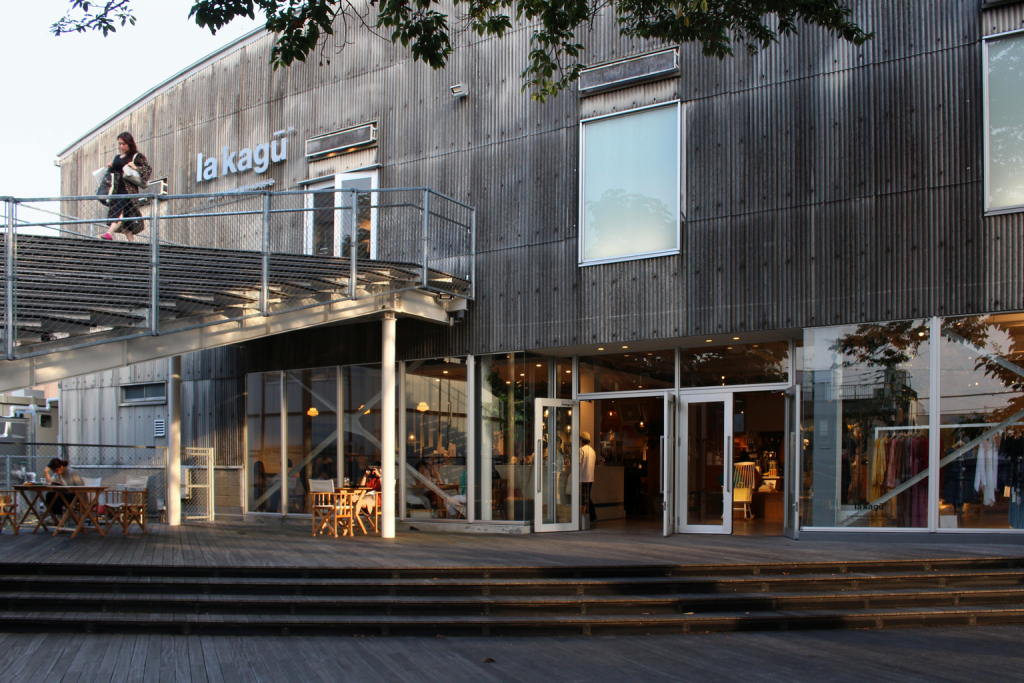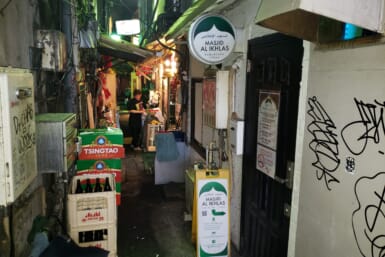When we moved from Paris to Tokyo I didn’t know much about Kagurazaka except that it would be our new home. I did, however, hear that the neighborhood was referred to as ‘La petite France,’ ‘Furansuzaka’ (French Hills in Japanese) or ‘Tokyo’s Little Montmartre.’ This made sense, as it’s where the French Lycée used to be. It’s also still home to the French Institute and a large French expat community.
Kagurazaka makes you feel as if you’re in both Kyoto and in France. East and West in the same packed room. And if you are walking up or down the main street when French chansons are coming out of public speakers, it’s like you’re in the streets of Montmartre surrounded by Japanese tourists. There’s this strange feeling that you’re really far away from France yet somehow also in France.
There are many French restaurants such as the Lugdunum offering the best of Lyonnaise cuisine. You also have Bistro Le Parisien, Le Bretagne Crêperie and Maison de la Bourgogne. Then there’s the patisserie Aux Merveilleux de Fred, bakeries like Paul and Maison Kayser and the French frozen food store Picard. The best thing is that they’re all easy to access in what is a small area.
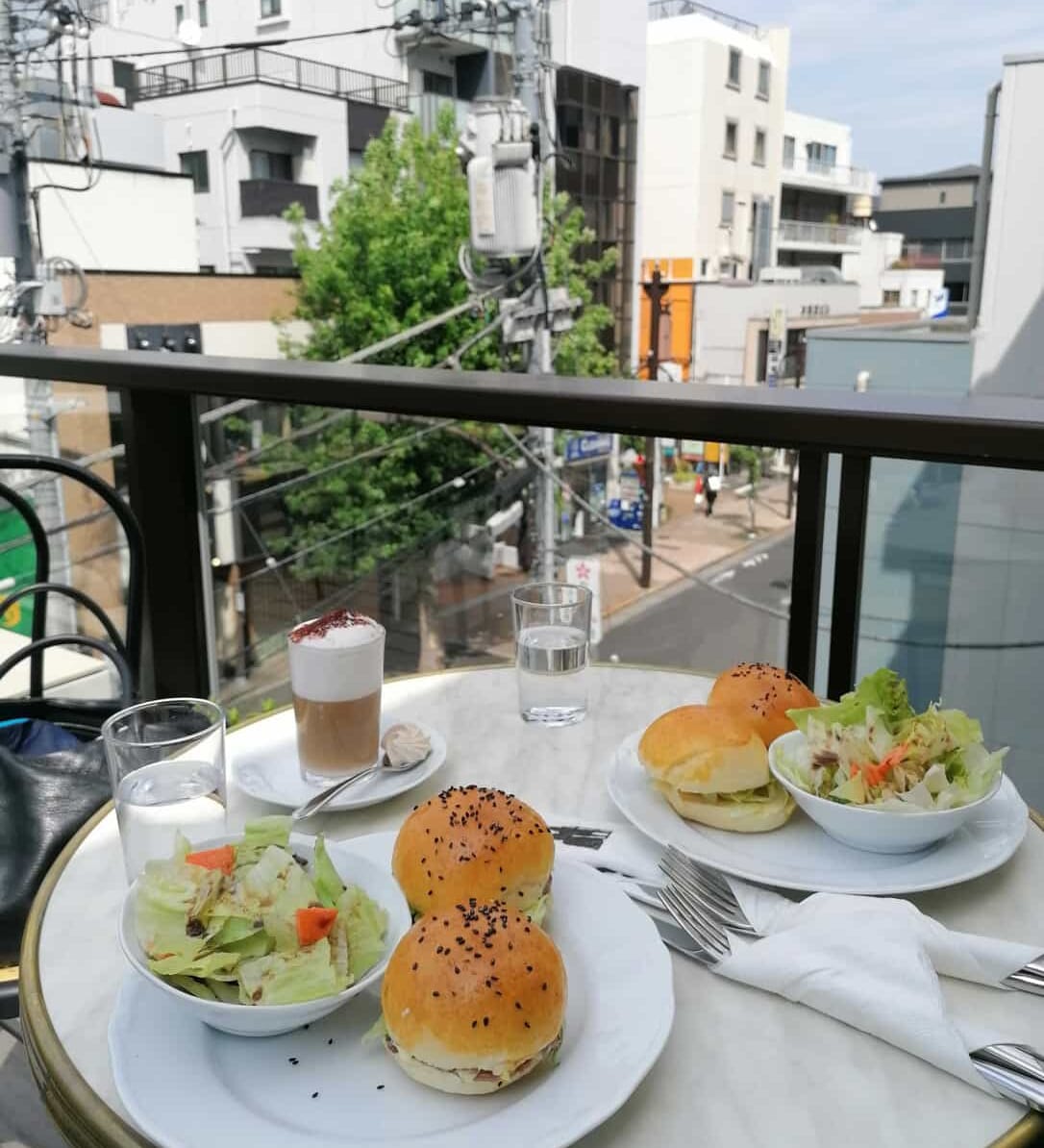
Lunch at Aux Merveilleux de Fred
The Charm of the Kagurazaka Alleys
I quickly fell in love with Kagurazaka. This was despite getting lost for weeks in the small alleys trying to find my way back home. The streets were made purposefully narrow to prevent enemies from following anyone back when samurai used to live here. The resulting labyrinth can be frustrating, but it makes Kagurazaka special.
Making my way down the alleys with my dog in the early mornings, I’m filled with incredible calm. Every turn opens a new scene as if from a movie. I see delivery men dropping fresh ingredients in front of closed restaurants and sushi chefs wearing wooden geta cleaning the streets. Another fascinating sight is of a salaryman in a hurry who still finds time to stop and pray in front of a temple.
You can smell the roasted tea and myriad of lunch options in the afternoon. At dusk, if you’re lucky, you might cross paths with some maiko or geisha. One of the old geisha houses has been turned into the design hotel, Trunk House. At ¥500,000 a night for two people, it is among the priciest accommodations in the world. Kagurazaka is all that: old, new, exclusive and special.
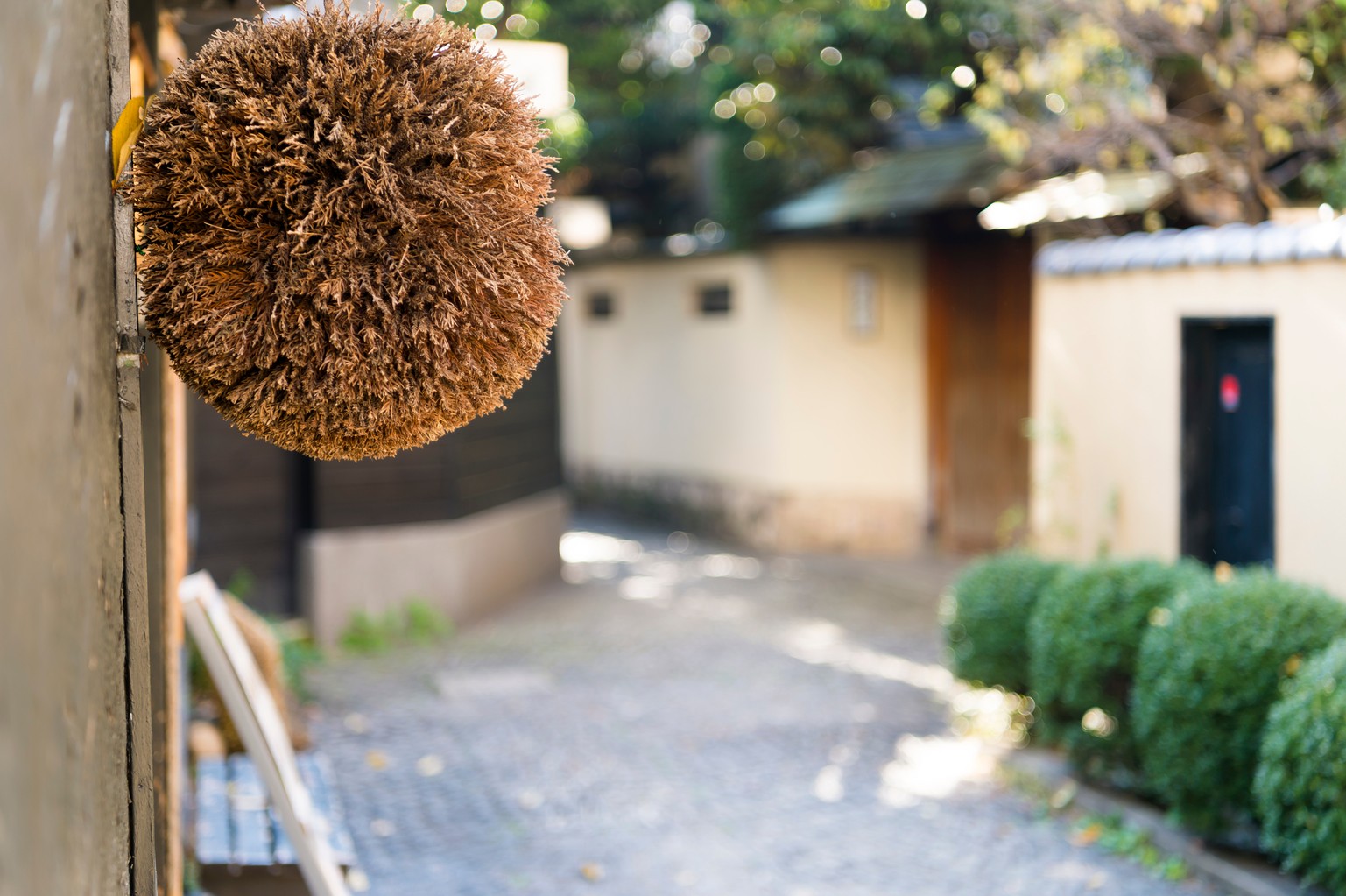
The History of Kagurazaka
Kagurazaka Street was created in the 17th century when it served as a pathway between the Ushigome Gate of Edo Castle on one side and the houses of highly ranked officials and samurai on the other. A century later, the area became busier when Zenkokuji Temple was moved and a geisha district was established. This turned Kagurazaka into one of the most popular places during the Edo Era (1603–1867).
With the coming of the Meiji Era (1868–1912) and the dissolution of the samurai class, the vacant residencies in Kagurakaza were filled by government officials and businessmen who opened many shops. Also in that period, the city’s first night market opened.
When the Great Kanto earthquake of 1923 hit Tokyo the damage in Kagurazaka was small. As a result, many famous shops from Ginza moved there. Darkness came with the air raids at the end of World War II when the whole town was burned and destroyed and almost all old buildings were lost. Once the war ended, just like all of Japan, Kagurazaka rose from the ashes, reviving businesses and the entertainment industry.
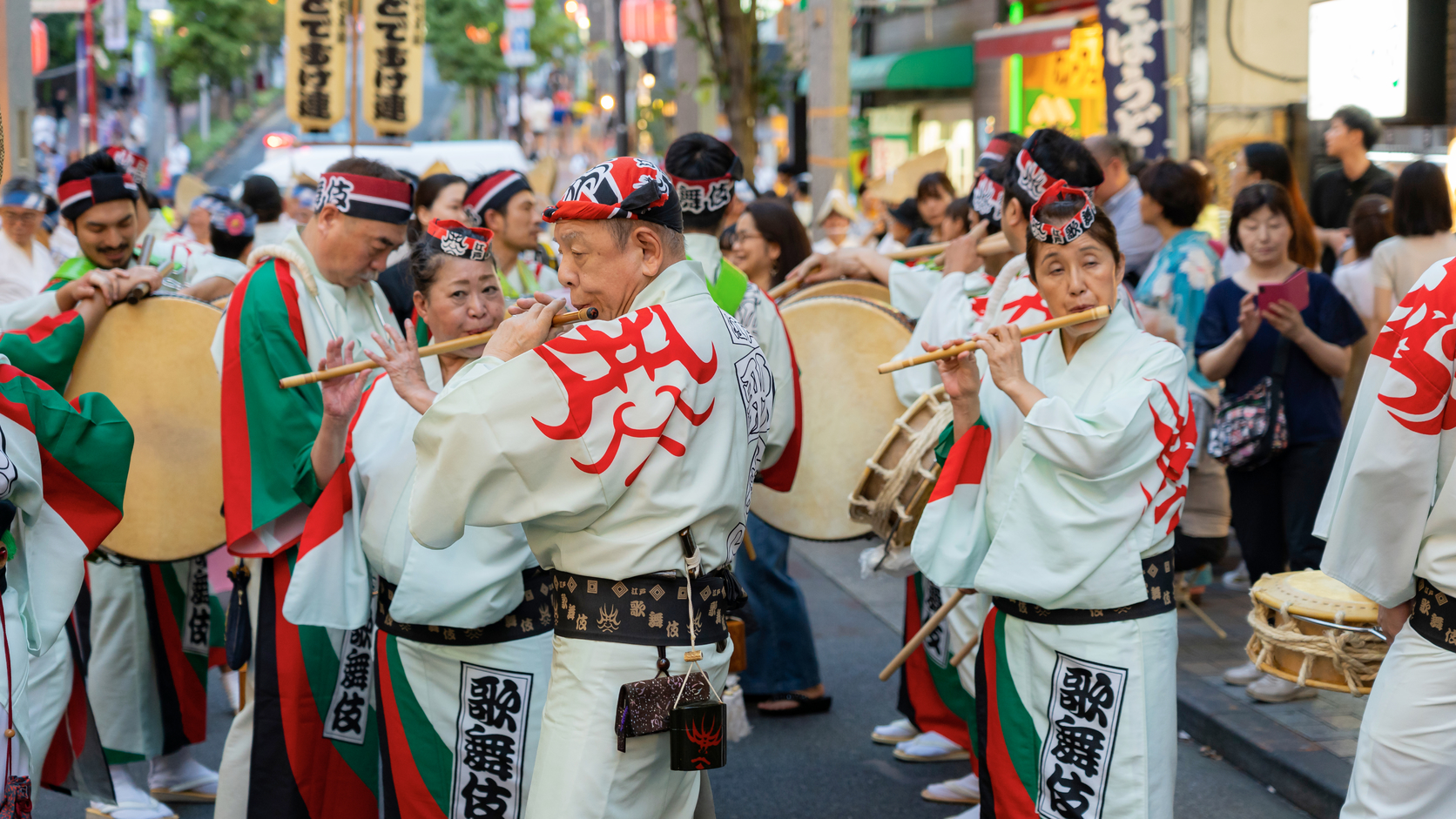
Editorial credit: dekitateyo / Shutterstock.com
Art and Culture
Kagurazaka has amazing events. In early February there’s the Setsubun festival in front of Zenkokujii Temple where you can see geisha and maiko dancing. On the last Friday and Saturday in July you can enjoy the Awa Odori festival across the main street.
Paying tribute to the Natsume Soseki novel I Am a Cat, October is reserved for the Bakeneko festival. Hundreds of people dressed as cats take to the streets to create a whimsical cosplay parade.
One of my favorite art events is held on Culture Day on November 3. The 700-meter long Kagurazaka Street is covered with paper, which kids and parents then paint and draw all over. The 700 meters symbolizes not only the length of the street but also the number of Tokyo hills.
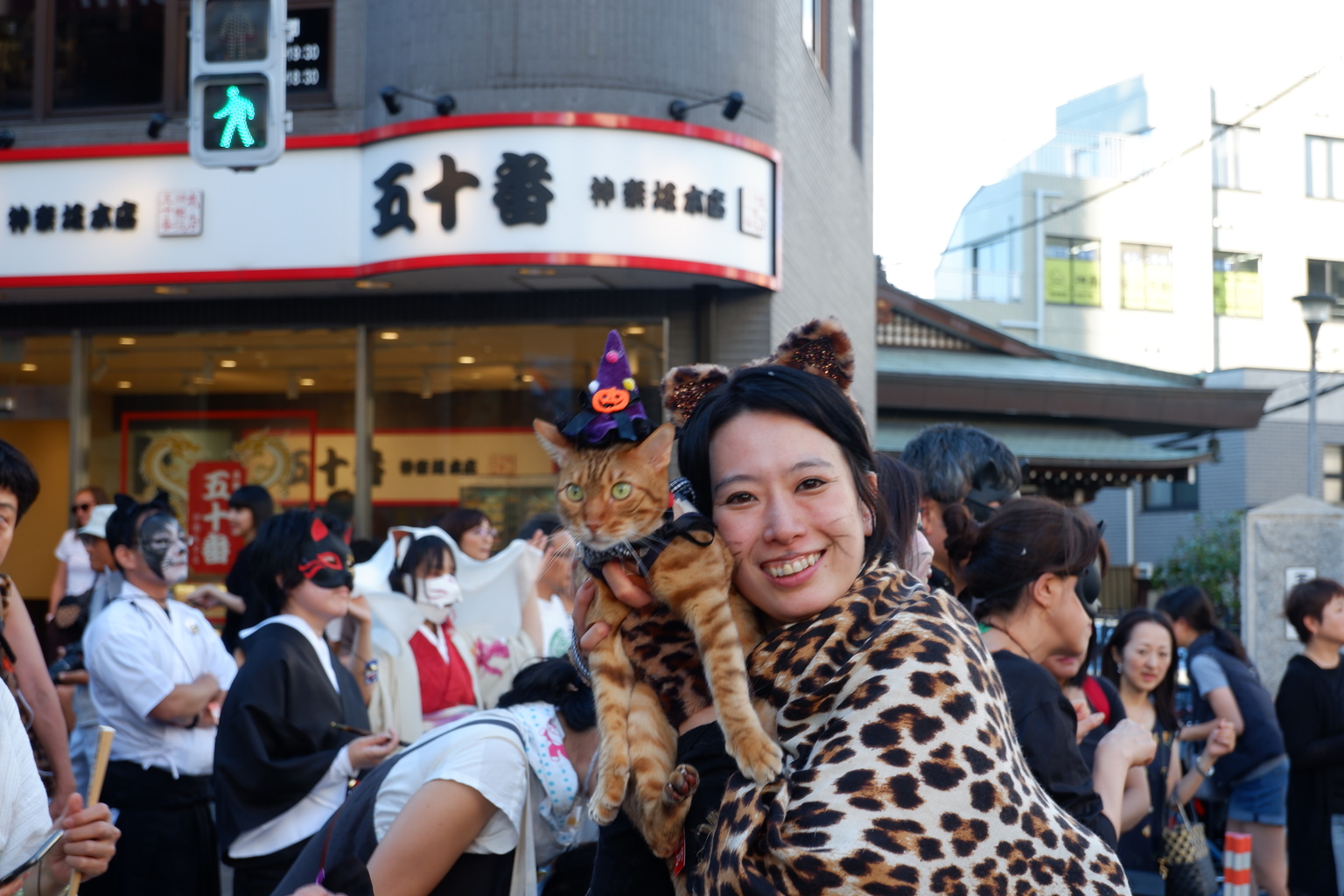
Of course, you can bring your cat to the cat festival. (Photo by author)
Kagurazaka is also home to many galleries. After strolling through all the little traditional shops and shrines you can drop into small galleries such as Root K Gallery and House Faro that showcase local artists.
Yayoi Kusama Museum and Haruki Murakami Library are also within walking distance from Kagurazaka, both located in Shinjuku Ward.
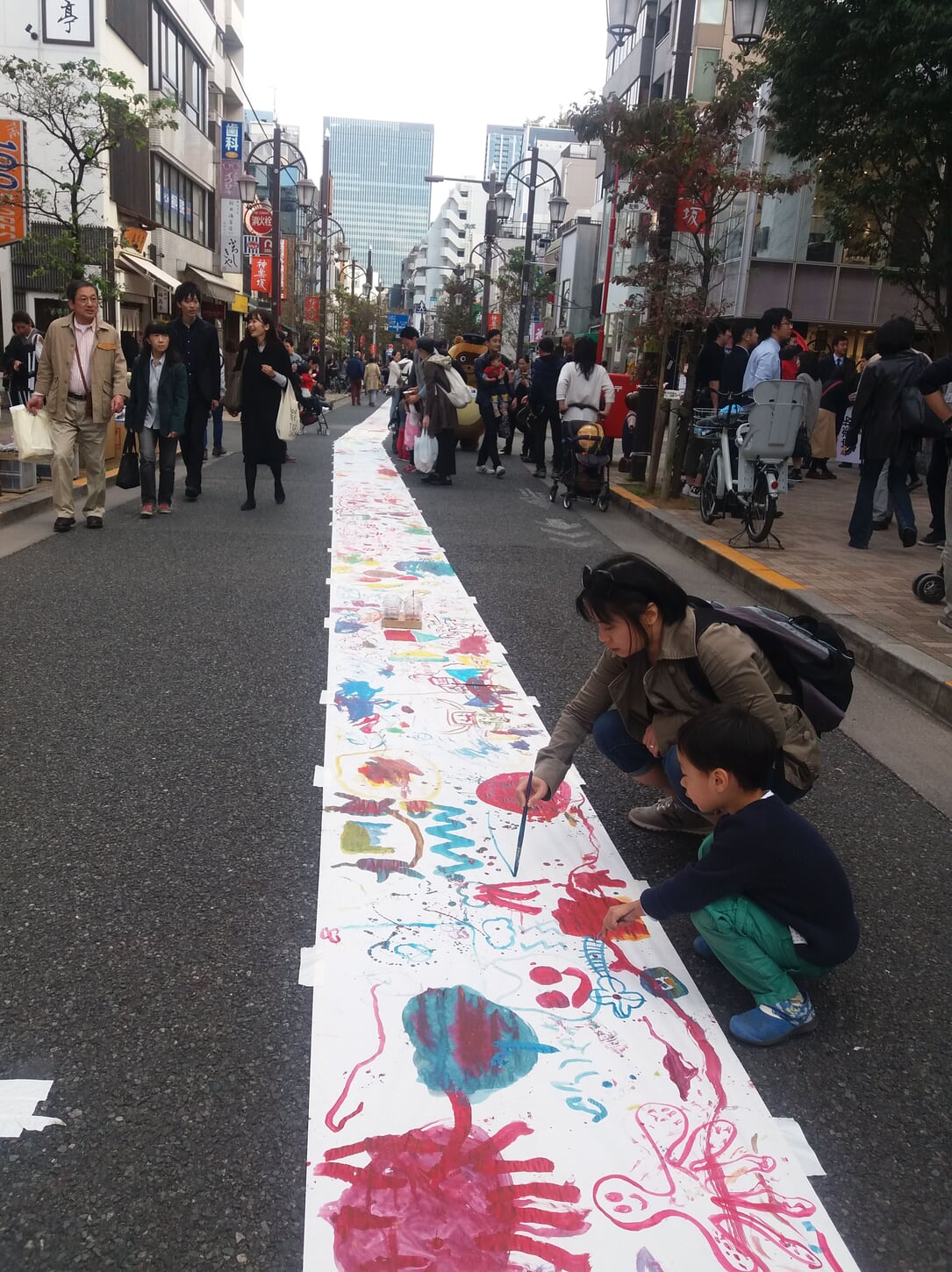
Culture Day festival
Famous People Who Call Kagurazaka Home
During the Meiji Era, novelists Soseki and Koyo Ozaki moved to Kagurazaka and the entertainment district turned into a cultural hub. That’s why the area is home to the Natsume Soseki Museum. It’s also home to many well-known Japanese people today, including architect Kengo Kuma, painter Hiroshi Senju and current Minister of Foreign Affairs, Yoshimasa Hayashi.
Kuma has been living in Kagurazaka for more than 25 years. For him, this neighborhood is the most intimate in Tokyo. When we met, he told me Rome is considered a city of seven hills, but Tokyo is a city of hundreds of hills. Granted, many were destroyed during the city development but the topography in Kagurazaka remains as it was. With so many streets with stairs, car access is impossible and that’s something he really enjoys about Kagurazaka.
Kuma’s left his mark on Kagurazaka via the famous Akagi Shrine and the concept store, La Kagu.
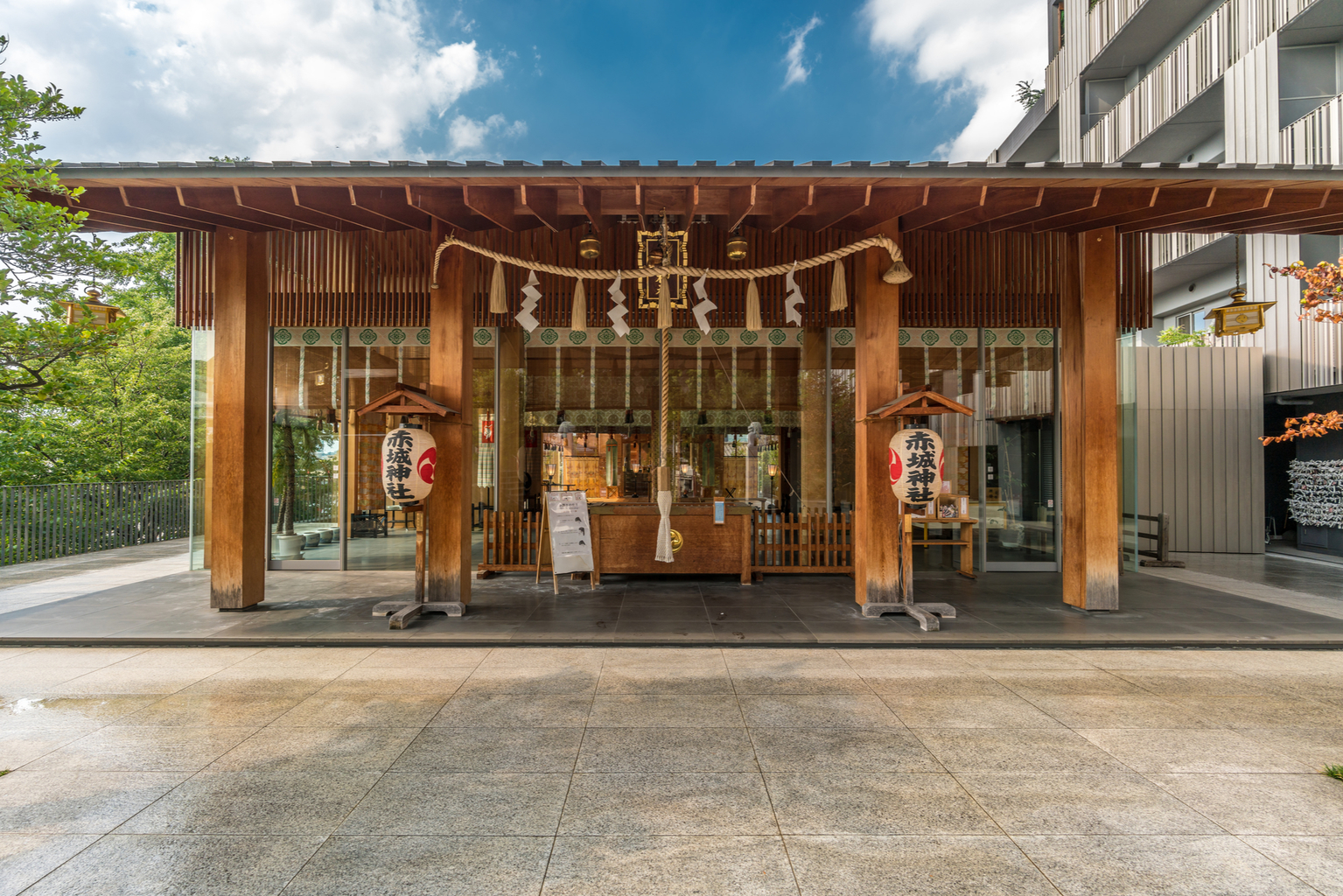
Akagi Shrine, designed by Kengo Kuma (Editorial credit: Manuel Ascanio / Shutterstock.com)
On the more whimsical side, you’ll find Kobo-chan, a statue of a manga character created by Masashi Ueda who also lives in Kagurazaka. Locals change Kobo-chan’s clothes regularly, depending on the season or weather conditions.
When we asked Senju why this place is so special, he said: “Unlike Shibuya or Shinjuku, Kagurazaka is where young people can enjoy and experience Tokyo’s classical history. But it’s equally active at night and is in walking distance to the central business district of Chiyoda.”
I’m sure that in Kagurazaka everyone can find their favorite spot, whether it’s a street, a shop, a restaurant or an art gallery. You just need to go and get lost in the alleys.
Featured image: Ned Snowman / Shutterstock.com

